 Городской электротранспорт
Городской электротранспортКомментарии, написанные пользователем Serious Sam
Мобильная версия
Тёмная тема
© Администрация ТрансФото и авторы материалов, 2002—2024
Использование фотографий и иных материалов, опубликованных на сайте, допускается только с разрешения их авторов.
Использование фотографий и иных материалов, опубликованных на сайте, допускается только с разрешения их авторов.





















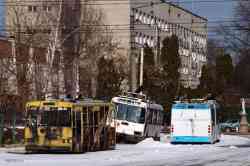
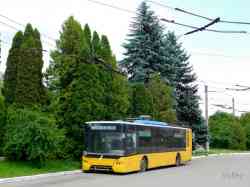

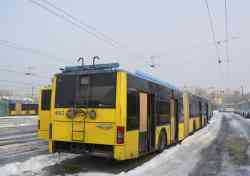
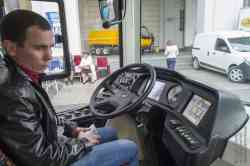
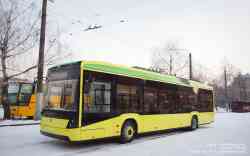
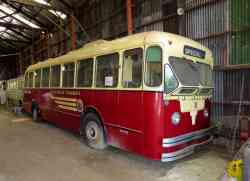
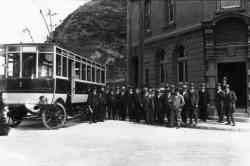
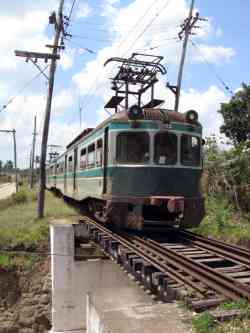
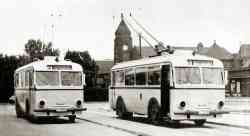
Пльзень — Новые троллейбусы и электробусы Škoda